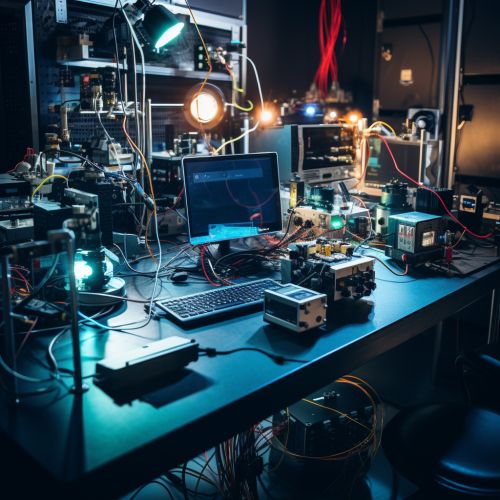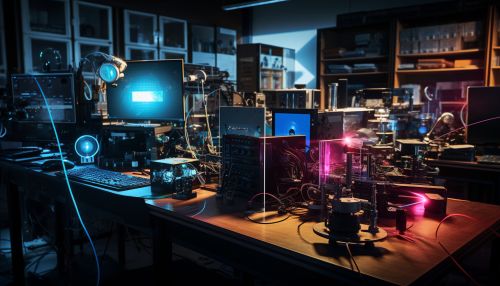The Physics of Quantum Optics in Optical Trapping
Introduction
Quantum optics is a branch of physics that focuses on the behavior of light and its interactions with matter at the microscopic level, taking into account the features of quantum mechanics and quantum information theory. Optical trapping, on the other hand, is a technique in which the radiation pressure from a focused laser beam is used to provide an attractive or repulsive force (depending on the relative refractive index), which can physically hold and move microscopic dielectric objects. When these two fields intersect, we delve into the realm of the physics of quantum optics in optical trapping.
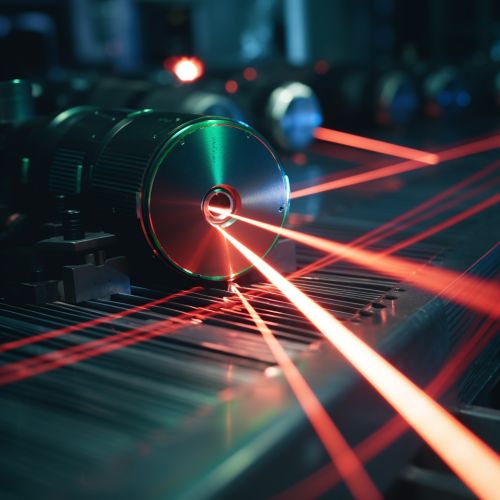

Quantum Optics
Quantum optics is a field of research that uses semi-classical and quantum-mechanical physics to investigate phenomena involving light and its interactions with matter. Quantum optics is not a sub-discipline of optics or quantum mechanics, but rather emerges from the fusion of these two fields. It is a field that has been gaining significant attention due to its potential applications in areas such as quantum computing, quantum cryptography, and quantum communication.
One of the key concepts in quantum optics is the particle-like properties of light, which are explained by the photon model. Photons are the fundamental particles of light, and they exhibit both wave-like and particle-like properties, a phenomenon known as wave-particle duality. This duality is a fundamental aspect of quantum mechanics and is integral to the understanding of quantum optics.


Optical Trapping
Optical trapping is a technique that uses a highly focused laser beam to provide an attractive or repulsive force to physically hold and move microscopic dielectric objects. The technique was first demonstrated by Arthur Ashkin in 1970. Optical trapping has been extensively used in the manipulation of microscopic particles, including biological materials such as cells and organelles.
The principle behind optical trapping is the radiation pressure of light. When a laser beam is focused onto a small volume, the electric field of the light induces a dipole moment in the dielectric particle. This induced dipole moment interacts with the electric field to produce a force that traps the particle at the focus of the beam.
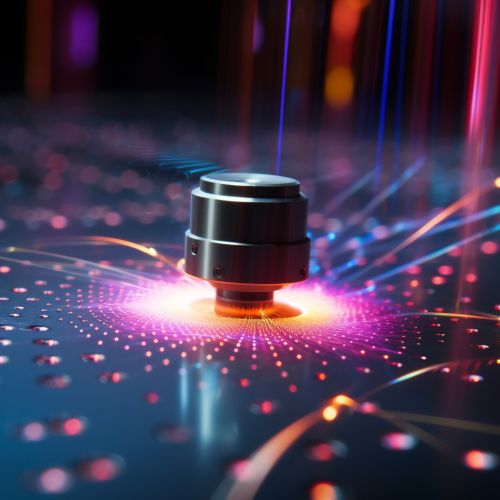

Quantum Optics in Optical Trapping
The intersection of quantum optics and optical trapping opens up new possibilities for manipulating and controlling the quantum states of particles. The use of quantum light in optical trapping can enhance the precision and stability of the trap, and enable new forms of quantum control.
One of the key concepts in this field is the use of squeezed light in optical trapping. Squeezed light is a state of light that has reduced noise in one of the quadrature components at the expense of increased noise in the other. This property can be exploited to reduce the noise in the position measurement of the trapped particle, thereby increasing the precision of the trap.
Another important concept is the use of entangled light in optical trapping. Entangled light is a state of light where the quantum states of two or more photons are linked such that the state of one photon is immediately connected to the state of the other, no matter the distance between them. This property can be used to create a more stable and precise optical trap.

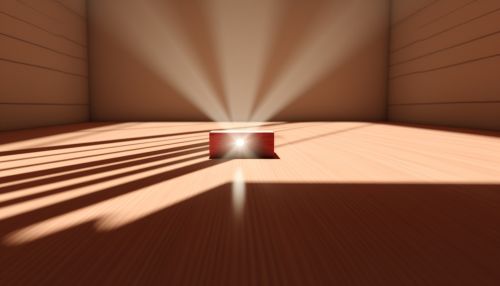
Applications
The physics of quantum optics in optical trapping has a wide range of applications in various fields. In biology, it can be used for the manipulation and study of cells and other biological particles. In physics, it can be used for the study of quantum phenomena and the development of quantum technologies. In chemistry, it can be used for the study of molecular dynamics and reactions.
One of the most promising applications is in the field of quantum information science. The ability to manipulate and control the quantum states of particles could lead to the development of new quantum computing technologies, quantum communication systems, and quantum sensors.


Future Directions
The field of quantum optics in optical trapping is still in its early stages, and there are many exciting possibilities for future research. One of the key challenges is to develop techniques for generating and controlling quantum light in optical traps. Another challenge is to understand the effects of quantum light on the dynamics of trapped particles.
There is also a need for theoretical work to understand the fundamental principles and predict new phenomena. With the rapid advances in experimental techniques and theoretical understanding, the field of quantum optics in optical trapping is poised for significant growth in the coming years.
